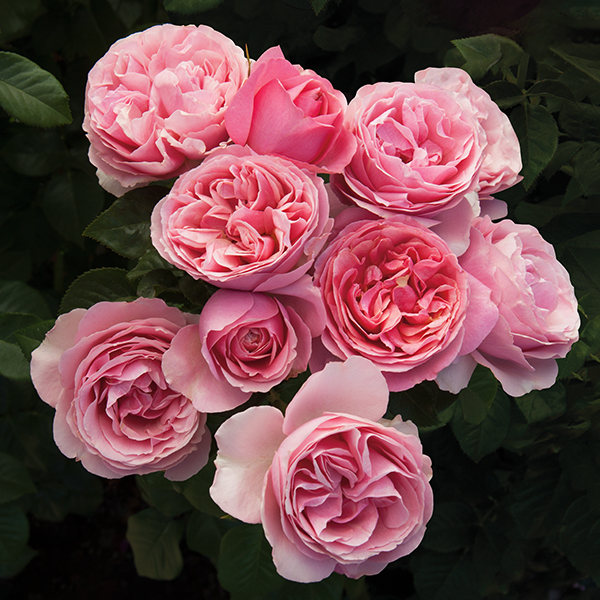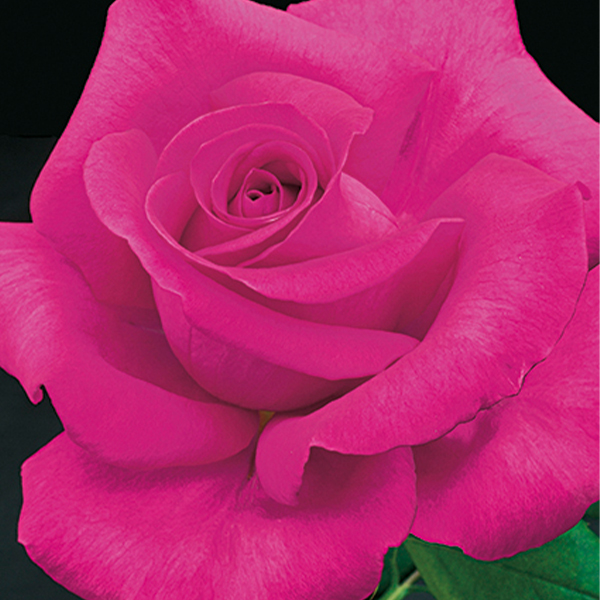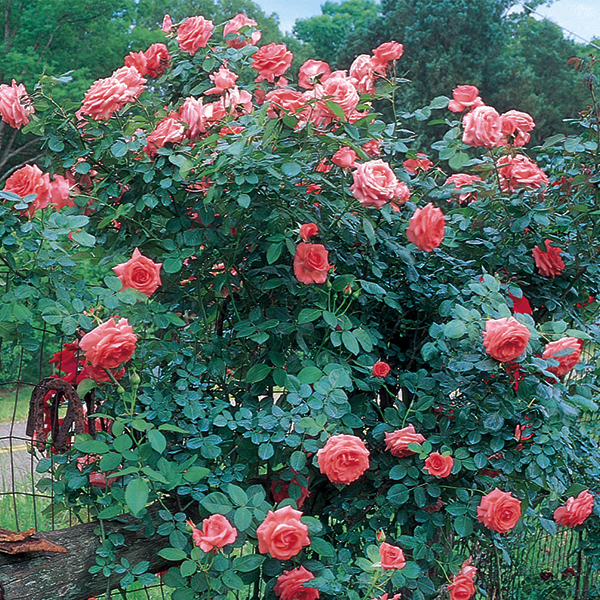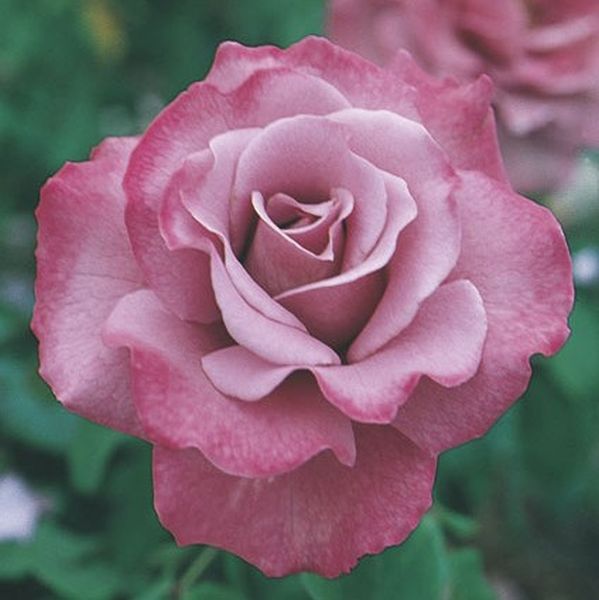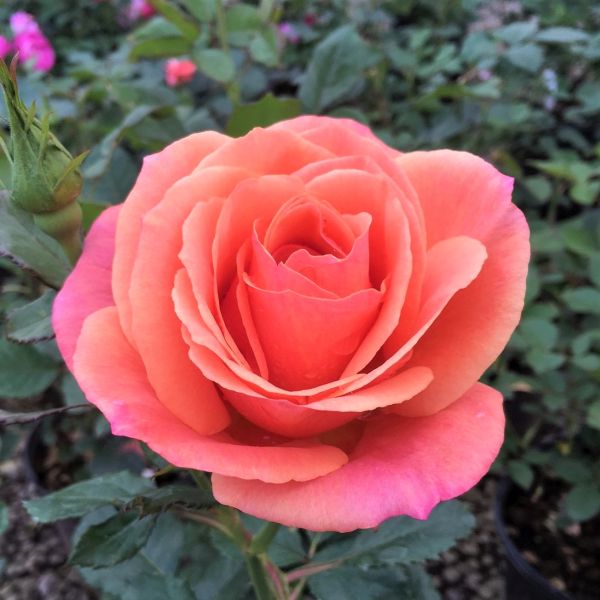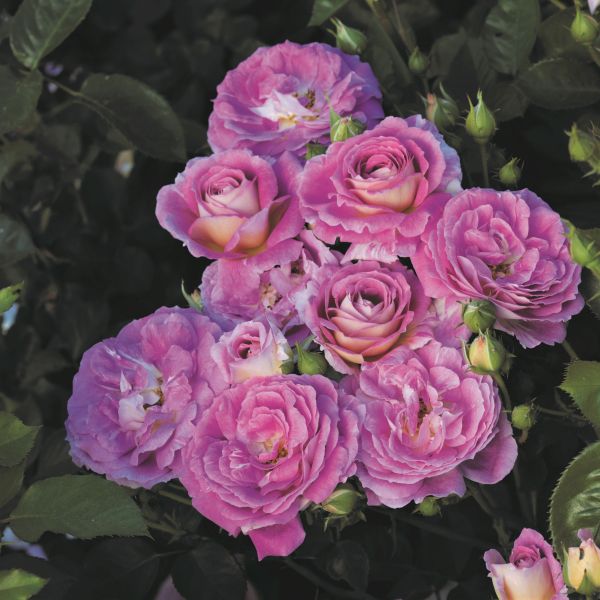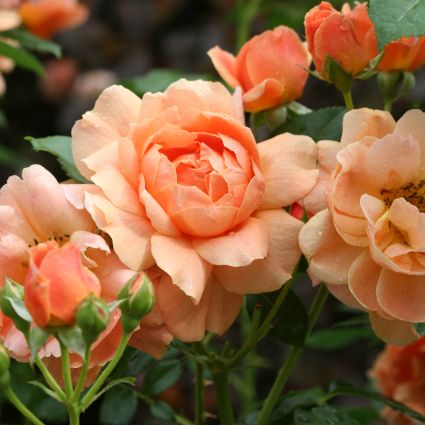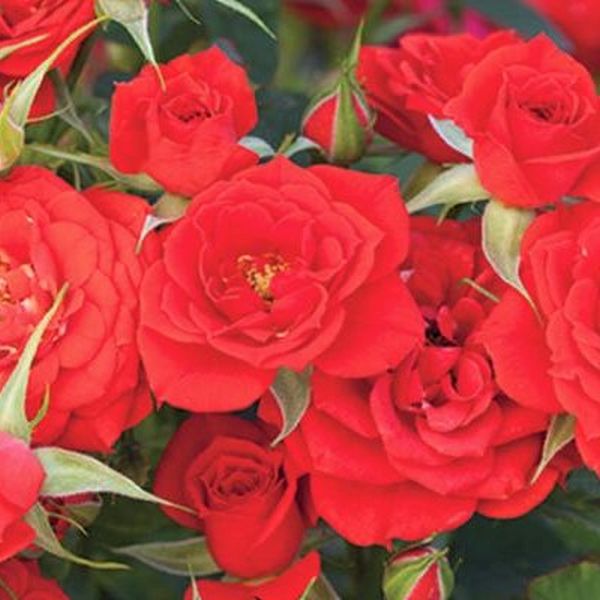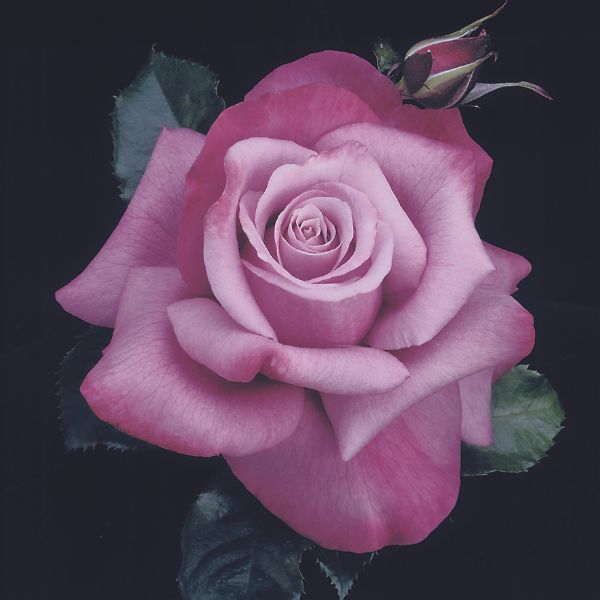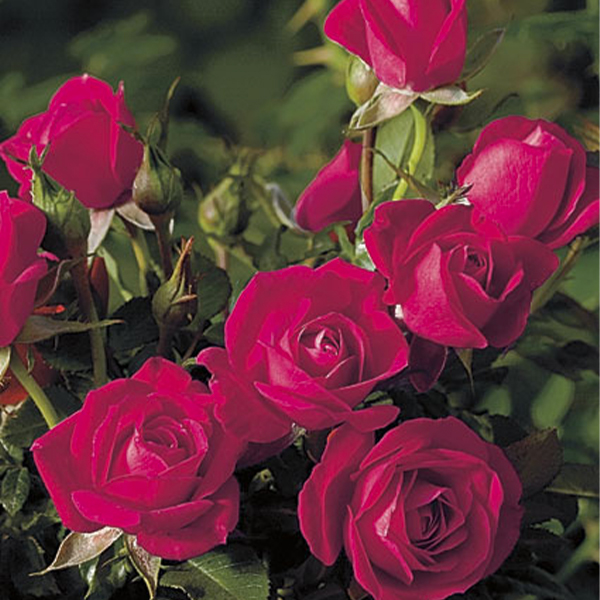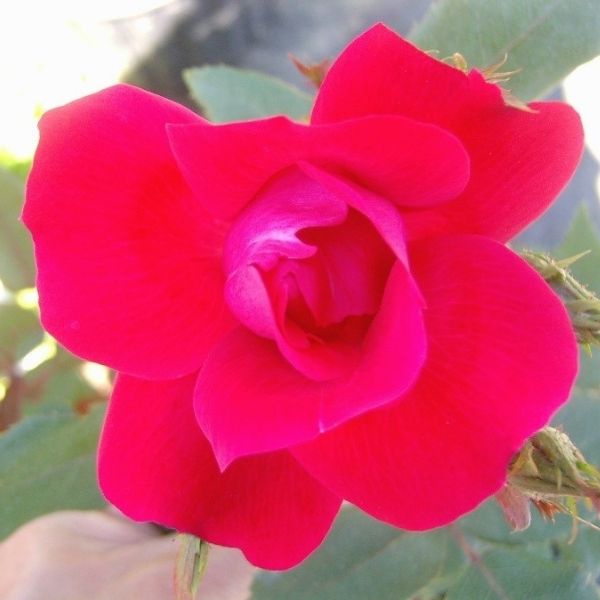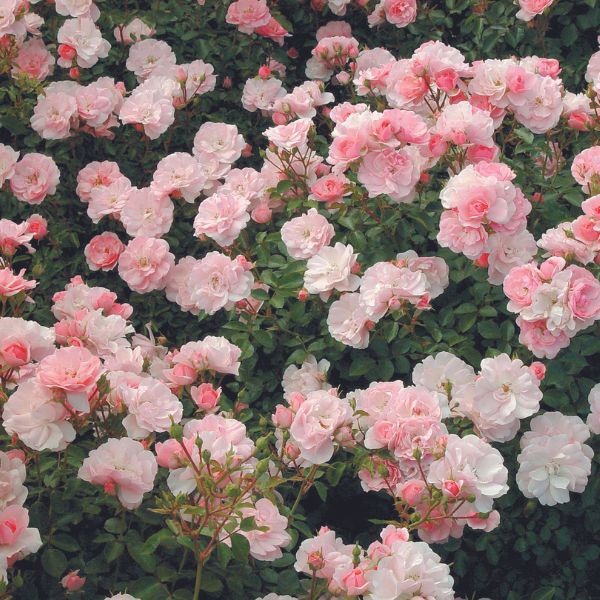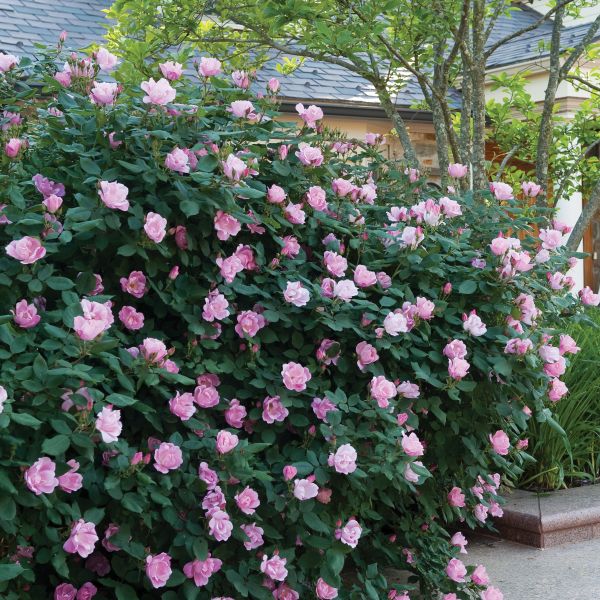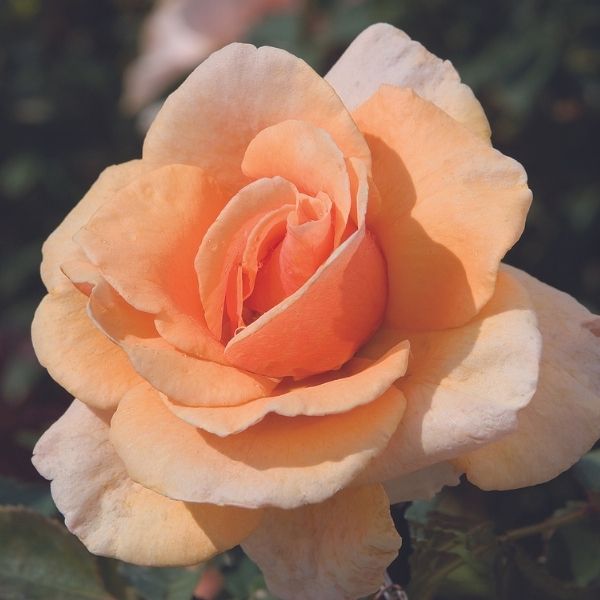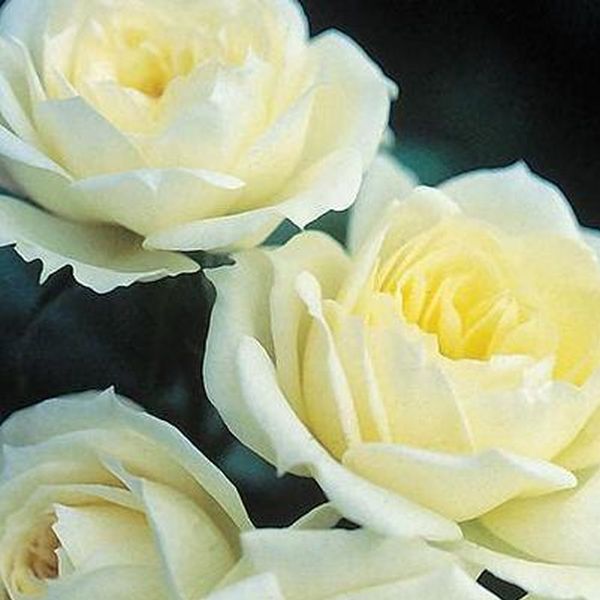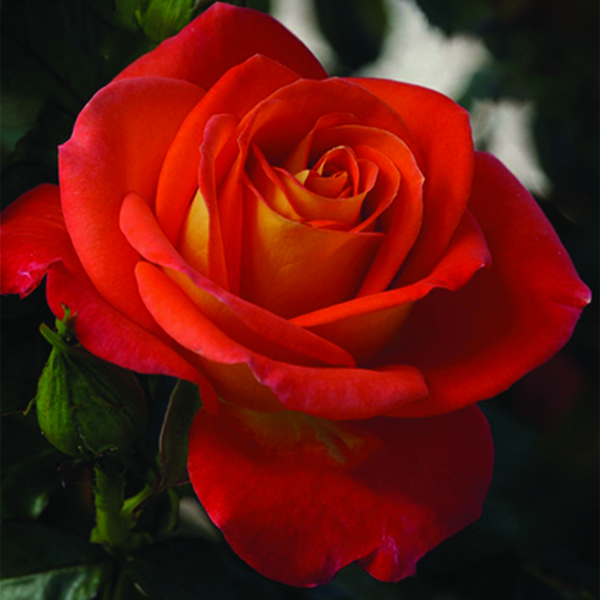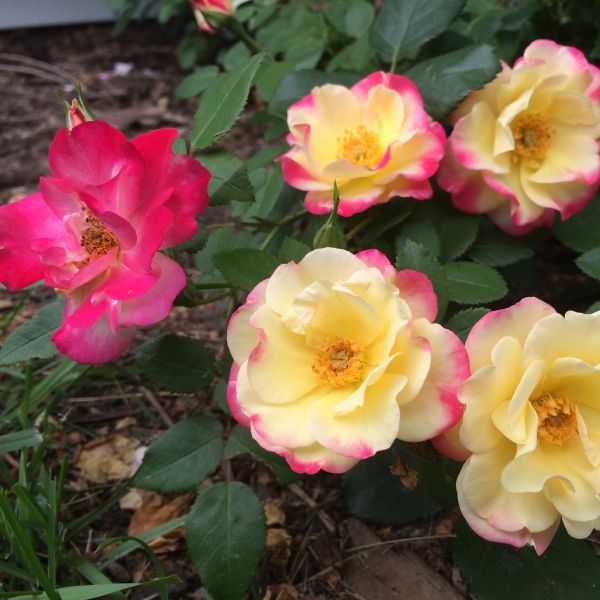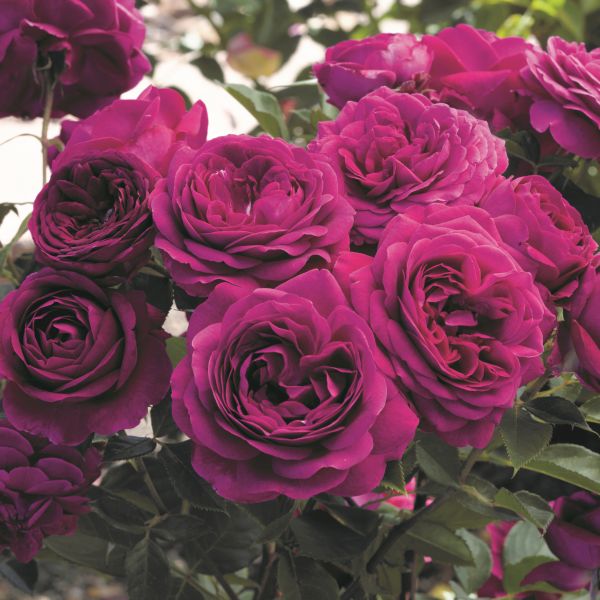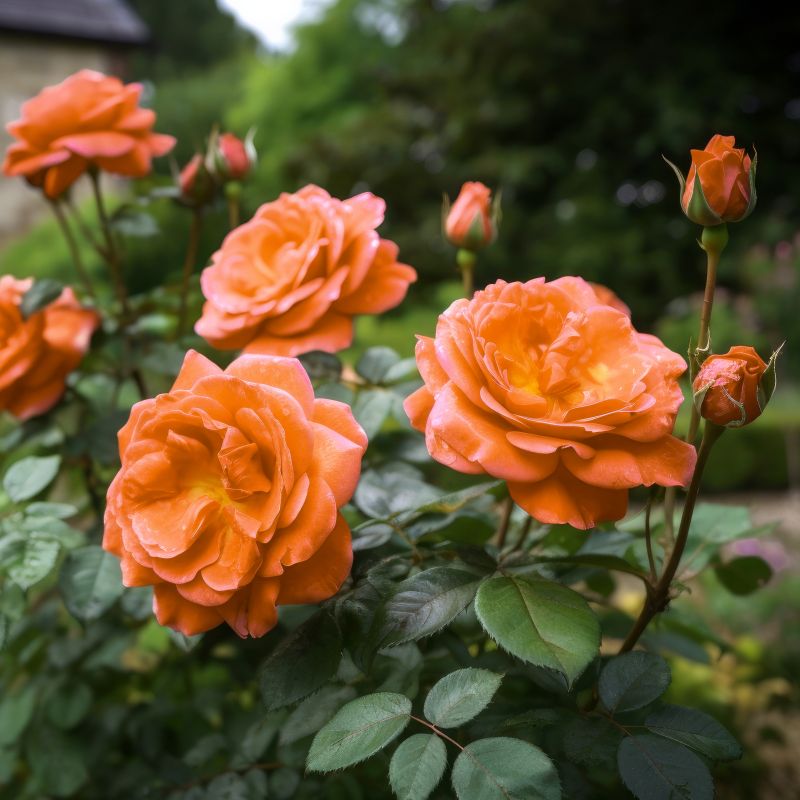
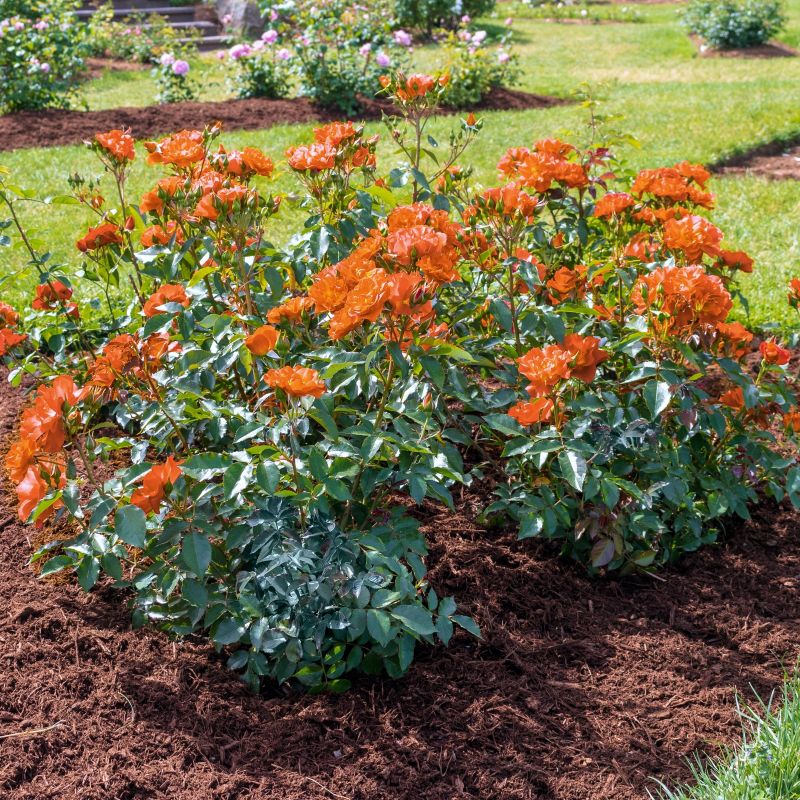
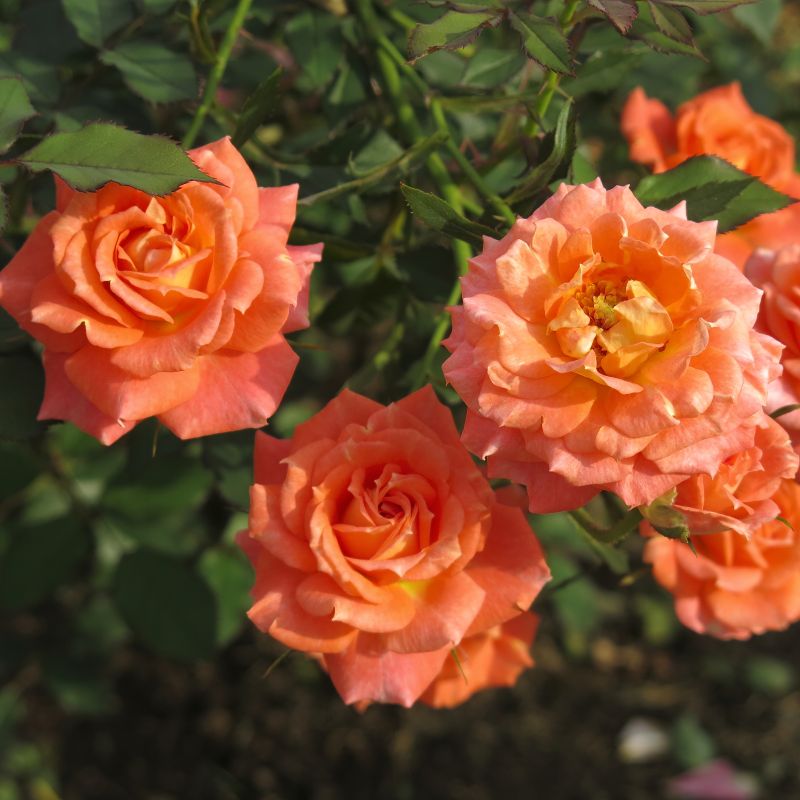
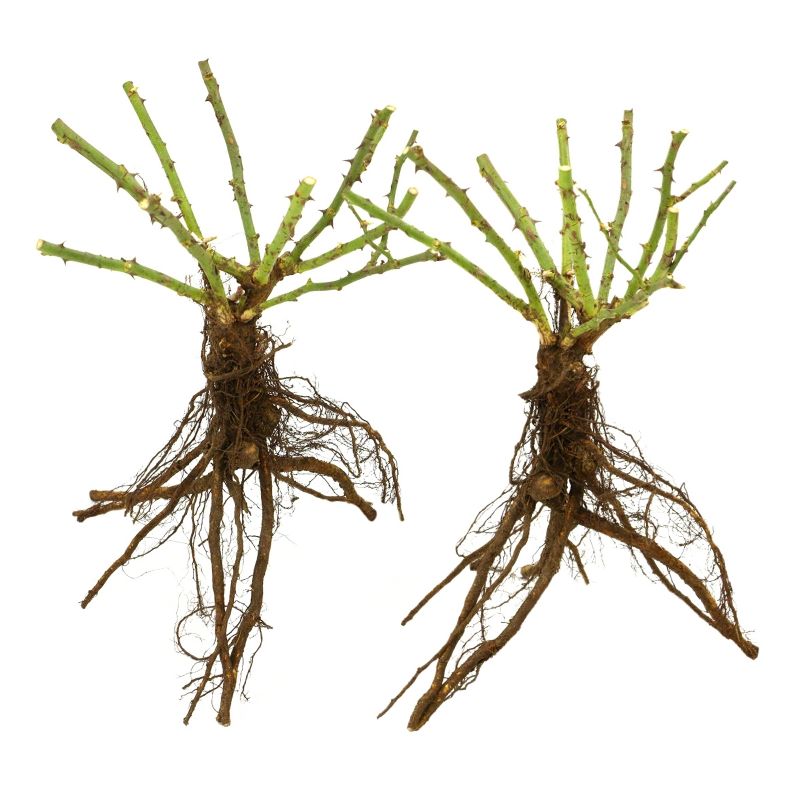
Rose Gingersnap Rose
Rosa floribunda Gingersnap
10 reviews
Rose Gingersnap Rose
Rosa floribunda Gingersnap
10 reviews
- Beautiful and unique blush pink color
- Delicate floral aroma with hints of ginger spice
- Smooth and well-balanced taste with a touch of sweetness
- Recommended by landscape designers for optimal fit in real yards
$71.00
$102.00
30% Off
- Ships to 43215 in 3 to 7 days
- Free Shipping Over $150
- Plant Arrival Guarantee
- In Stock
- Free Plant Consult
$200 - Landscape-Approved: Every Plant We Sell Comes With Design Expertise Behind It
#1 Bareroot, 2 Pack
Not just beautiful - intentionally selected by ShrubHub's 3D landscape design team to fit real-world spaces and maximize yard potential.
Why Rose Gingersnap Rose?
Rose Gingersnap is a stunning floribunda rose with vibrant apricot-orange blooms that fade to a soft peachy pink. This fragrant rose has a compact, bushy growth habit that makes it ideal for small gardens and containers. With its excellent disease resistance and continuous blooming habit, Rose Gingersnap is a popular choice for adding a splash of color to any garden.
People who loved this plant also bought
Sunlight
Rose Gingersnap Rose requires full sun to partial shade for optimal growth and blooming. It is recommended to place this plant in a location where it can receive at least 6-8 hours of direct sunlight per day to thrive and produce beautiful blooms.
Watering
Rose Gingersnap Roses require regular watering, especially during hot and dry periods. It is important to keep the soil consistently moist but not waterlogged. Water deeply at the base of the plant, making sure to avoid getting the foliage wet to prevent d
Fertilizing
The Rose Gingersnap Rose benefits from a well-balanced fertilizer with a NPK ratio of 10-10-10 or similar. Fertilize in early spring and again in late summer to promote healthy growth and abundant blooming. Avoid excessive nitrogen, as this can lead to leg
Rose Gingersnap Rose (Rosa floribunda Gingersnap)
The Rose Gingersnap Rose, scientifically known as Rosa floribunda Gingersnap, is a stunning variety of rose that is sure to add beauty to any garden or landscape. This rose produces clusters of vibrant apricot-orange blooms that are reminiscent of the warm hues of autumn, making it a perfect choice for adding a touch of seasonal color to your outdoor space.
With a moderate height and compact, bushy growth habit, the Gingersnap Rose is an excellent choice for borders, containers, or as a focal point in a garden bed. Its blooms are fragrant and attract pollinators such as bees and butterflies, adding even more life to your garden.
This rose variety is relatively easy to care for, requiring regular watering, full sun, and well-draining soil. Pruning after flowering will help encourage new growth and more blooms. The Gingersnap Rose is also disease resistant, making it a low-maintenance option for gardeners of all skill levels.
Whether you are looking to add a pop of color to your garden or create a beautiful floral display, the Rose Gingersnap Rose is a versatile and beautiful choice that will bring joy and elegance to your outdoor space.
Plant Information:
| Botanical Name: | Rosa floribunda Gingersnap |
| USDA Zones: | 4 - 10 |
| Mature Height: | 3-4 FT |

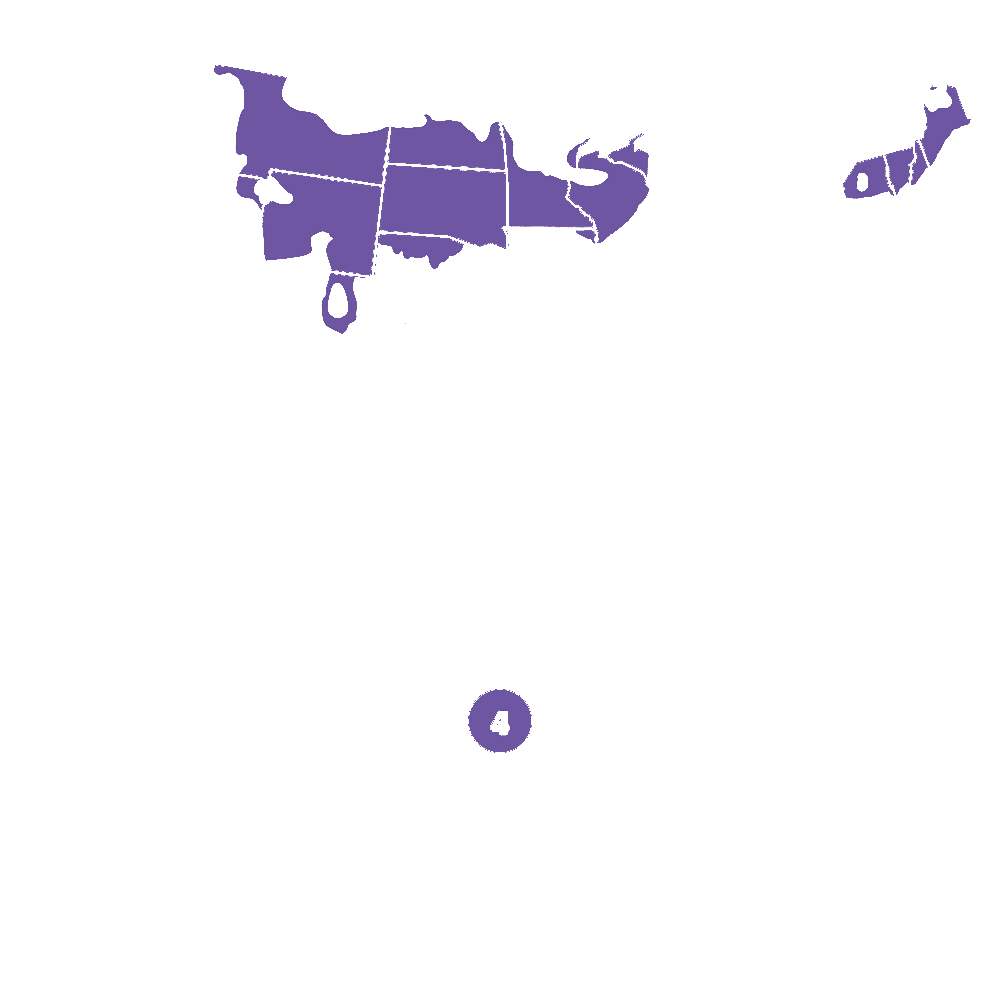

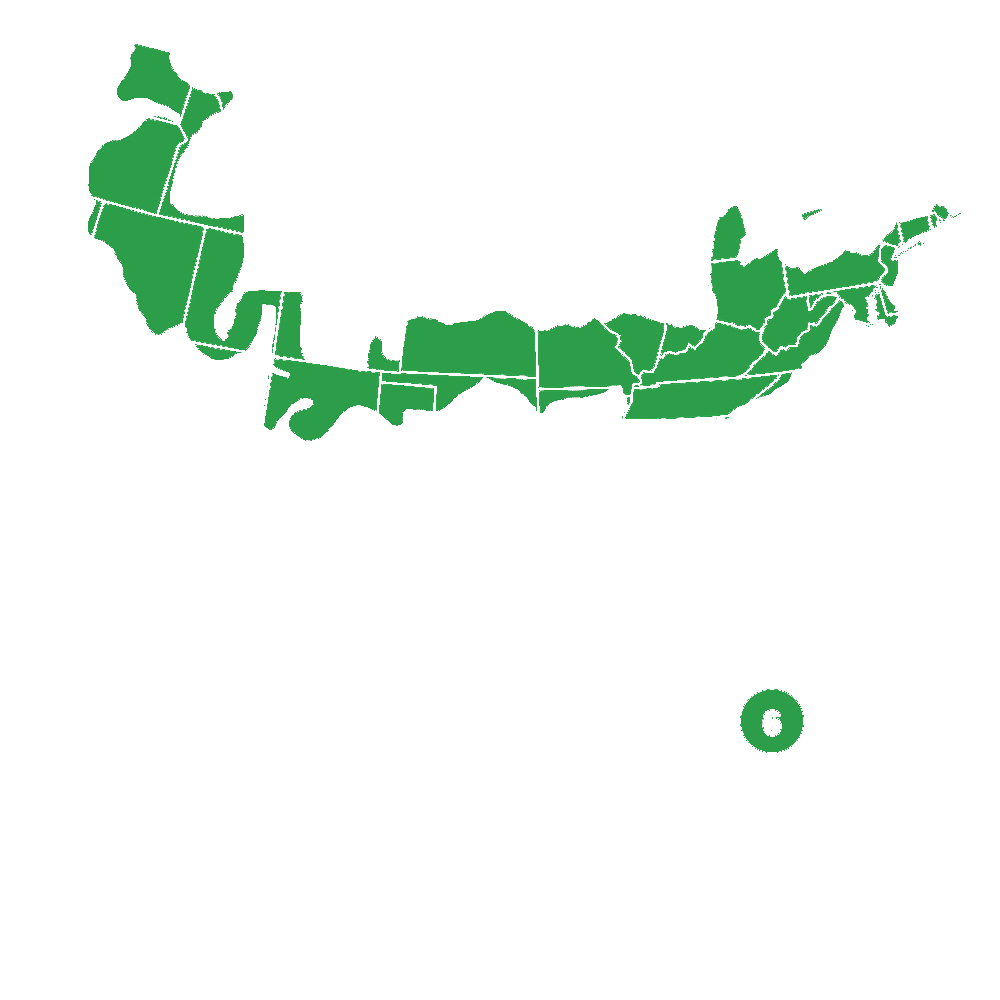

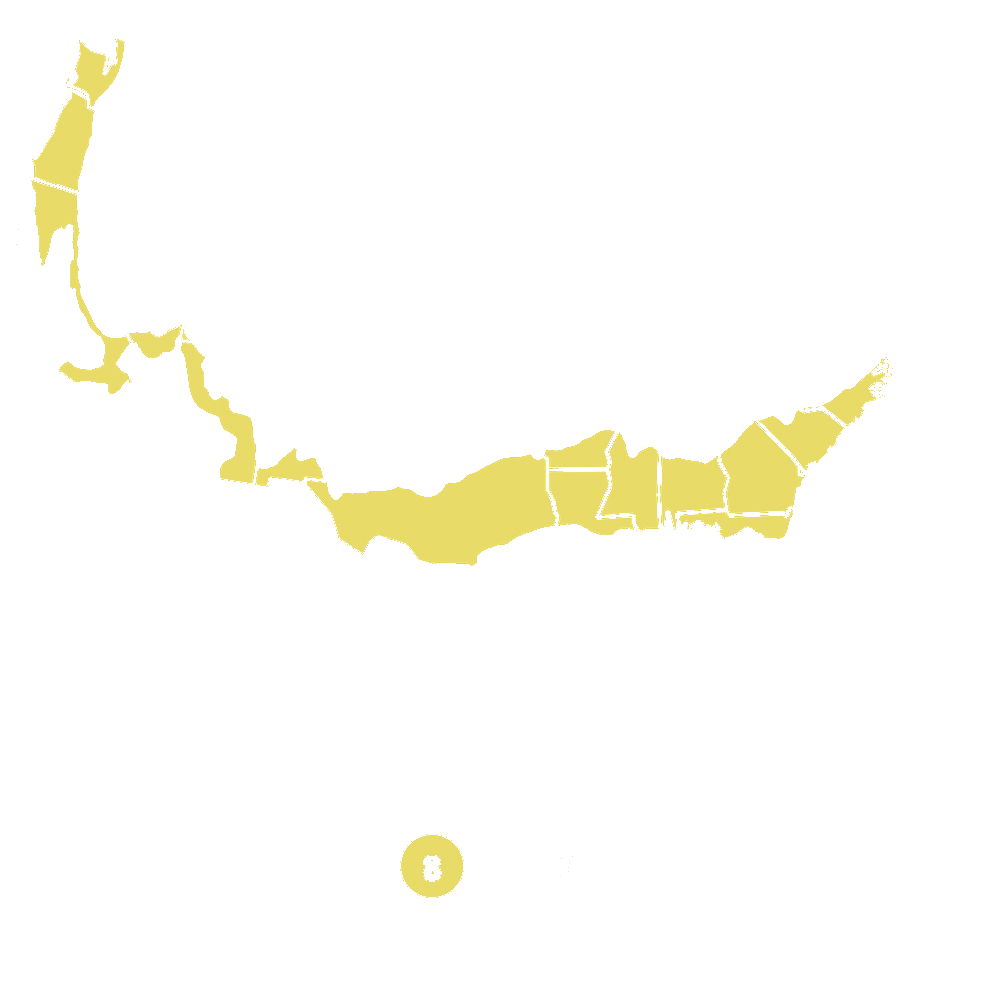
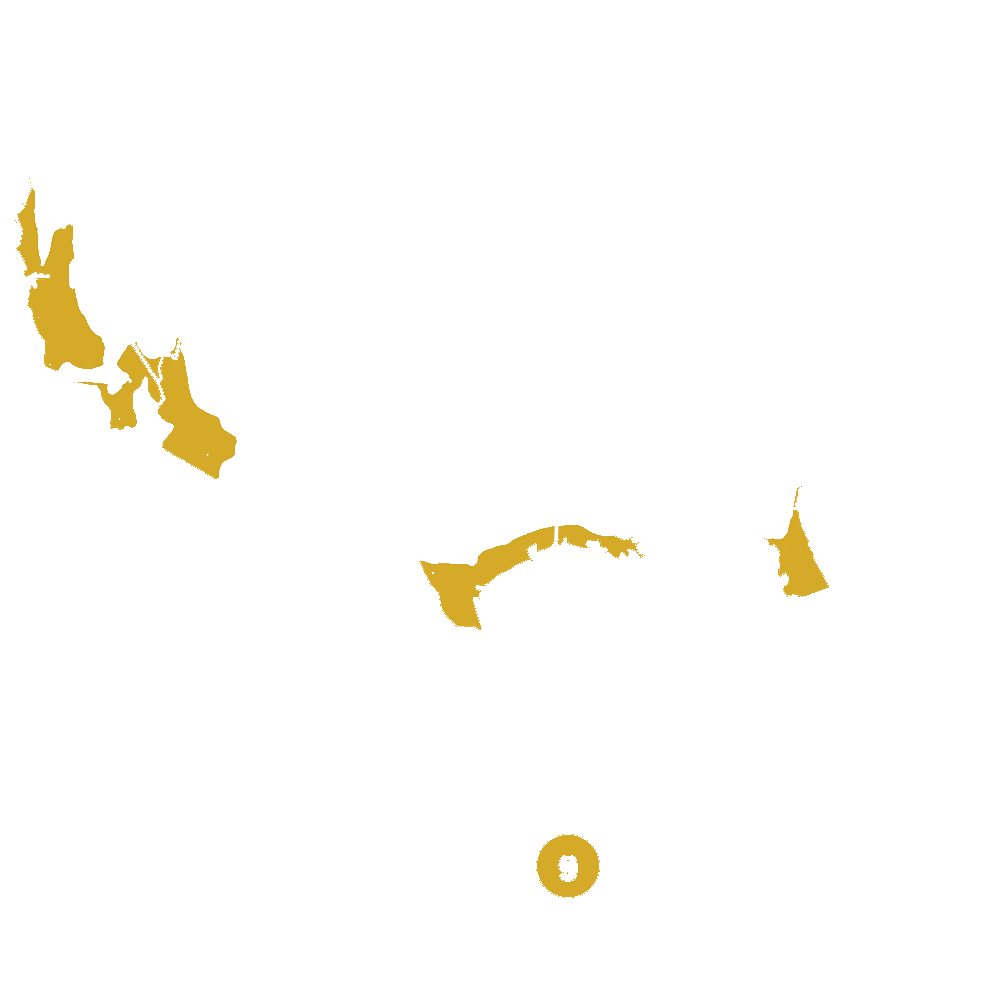

Pollination Info
Pollination Info for Rose Gingersnap Rose
The Rose Gingersnap Rose, scientifically known as Rosa floribunda Gingersnap, is a flowering plant that belongs to the Rosaceae family. As a flowering plant, the Rose Gingersnap Rose relies on pollination for reproduction. Pollination is the transfer of pollen from the male reproductive organs of a flower to the female reproductive organs, leading to fertilization and the production of seeds.
Types of Pollination:
The Rose Gingersnap Rose can be pollinated through various means, including:
- Insect Pollination: Bees, butterflies, and other insects are attracted to the colorful and fragrant flowers of the Rose Gingersnap Rose. They inadvertently transfer pollen from one flower to another as they collect nectar, thus facilitating pollination.
- Wind Pollination: Although less common in roses, wind can also play a role in pollinating the Rose Gingersnap Rose. The light and airy pollen grains are carried by the wind to neighboring flowers for fertilization.
Importance of Pollination:
Pollination is crucial for the survival and reproductive success of the Rose Gingersnap Rose. Without pollination, the flowers of the plant would not be able to produce seeds, which are essential for the growth of new plants.
Attracting Pollinators:
To enhance pollination in your Rose Gingersnap Rose garden, consider planting a variety of flowers that attract pollinators. Additionally, providing a water source and avoiding the use of pesticides can help support pollinator populations.
FAQ
Rose Gingersnap Rose (Rosa floribunda Gingersnap) FAQ
1. What is the difference between a Gingersnap Rose and other roses?
The Gingersnap Rose is a specific variety of Rosa floribunda known for its unique peachy-orange color and spicy fragrance. It stands out from other roses due to its vibrant hue and distinct scent.
2. How tall does a Gingersnap Rose grow?
Gingersnap Roses typically grow to be around 3-4 feet tall, making them a great choice for borders or containers in the garden.
3. How often should I water my Gingersnap Rose?
Gingersnap Roses prefer moist, well-drained soil. Water deeply once or twice a week, depending on weather conditions. Be sure to water at the base of the plant to avoid getting the leaves wet, which can lead to diseases.
4. When is the best time to plant a Gingersnap Rose?
The best time to plant a Gingersnap Rose is in the spring, after the danger of frost has passed. This will give the plant time to establish itself before the hot summer months.
5. How should I prune my Gingersnap Rose?
Prune your Gingersnap Rose in late winter or early spring before new growth appears. Remove any dead or diseased wood, as well as any crossed branches. Cut back the remaining canes to promote new growth and shape the plant as desired.
6. How can I prevent pests and diseases on my Gingersnap Rose?
Regularly inspect your Gingersnap Rose for signs of pests or diseases, such as aphids or black spot. To prevent these issues, ensure proper air circulation around the plant, water at the base to avoid wet leaves, and remove any affected foliage promptly.
7. How often should I fertilize my Gingersnap Rose?
Feed your Gingersnap Rose in the spring with a balanced fertilizer, and then again in mid-summer to promote continuous blooming. Be sure to follow the instructions on the fertilizer package and avoid over-fertilizing, which can lead to excessive foliage growth at the expense of flowers.
8. Can I grow a Gingersnap Rose in a container?
Yes, Gingersnap Roses can be grown in containers, but they will require regular watering and fertilizing due to their restricted root space. Choose a large pot with drainage holes, and use a high-quality potting mix specifically formulated for roses.
Planting & Care
Planting & Care for Rose Gingersnap Rose (Rosa floribunda Gingersnap)
Planting:
1. Choose a location with full sun to part shade and well-draining soil.
2. Dig a hole that is slightly larger than the root ball of the plant.
3. Place the plant in the hole and backfill with soil, making sure the crown of the plant is level with the soil surface.
4. Water the plant thoroughly after planting.
Care:
1. Water regularly, about 1 inch per week, especially during dry spells.
2. Mulch around the base of the plant to retain soil moisture and suppress weeds.
3. Fertilize with a balanced fertilizer in early spring and again in midsummer.
4. Prune in late winter or early spring to remove dead or diseased wood and promote new growth.
5. Monitor for pests and diseases, such as aphids or powdery mildew, and treat as needed.
With proper care, your Rose Gingersnap Rose should thrive and produce beautiful blooms.
Check Out These Verified Customer Reviews:
Customer Reviews
4.7 out of 5 based on 10 reviews
Thank you! Your review has been submitted.
Purchased this rose shrub as a gift and the recipient absolutely loved it. Great quality and color.
Absolutely stunning rose shrub! The Gingersnap color is so unique and beautiful.
The Rose Shrub 'Gingersnap' arrived in perfect condition with healthy leaves and buds. The plant is thriving in my garden and the vibrant orange blooms are breathtaking. Highly recommend!
Item has been added to your cart.



